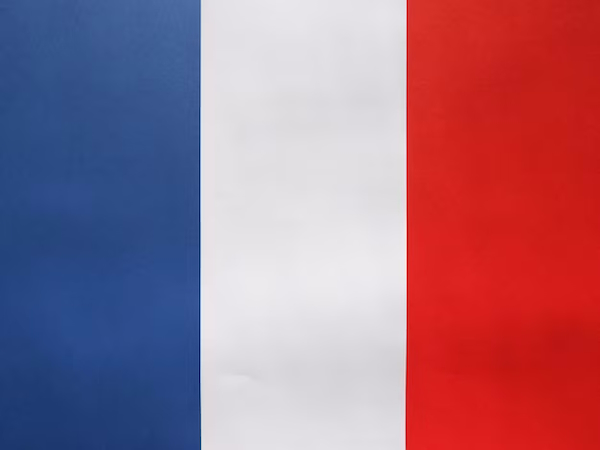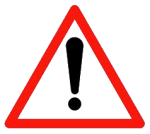La boussole permet de s’orienter dans le plan horizontal. La combinaison carte/boussole permet de déterminer une direction à suivre ou bien l’endroit où l’on se trouve
Elle comporte une aiguille aimantée qui indique le nord, un cadran divisé en 360 degrés ou 400 grades, une ligne de visée et un miroir permettant de voir en même temps la ligne de visée et l’aiguille aimantée.
Dans les Alpes, le nord magnétique fait un angle d’environ 3 degrés vers l’ouest avec le nord géographique.
Pour déterminer le nord géographique, tourner le cadran gradué de façon que le N, l’index nord, soit sur la ligne de visée. Tourner l’ensemble de la boussole en la maintenant horizontale jusqu’à ce que l’aiguille aimantée se place sur la graduation 357 d’un cadran divisé en 360 degrés. La ligne de visée indique alors le nord géographique.
Faire toujours attention à ce que la boussole soit maintenue bien horizontale.
Qu’elle soit tenue à bout de bras ou posée sur la carte, la partie ou se trouve le cadran (et l’attache du cordon) doit être orientée vers l’endroit où se trouve l’observateur.
Le site de la marque Recta donne des informations utiles sur Utilisation de la boussole.
Plus d’infos sur l’utilisation de la boussole.




